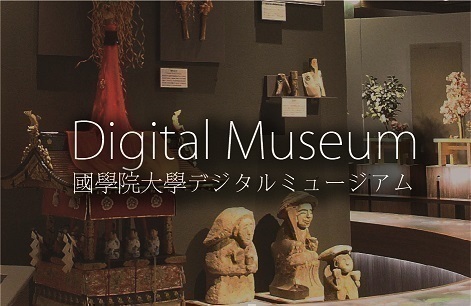- トップ
- Encyclopedia of Shinto
- Hizuki no Miya
Encyclopedia of Shinto
| Main Menu: | |
| Links: |
詳細表示 (Complete Article)
| カテゴリー1: | 8. Schools, Groups, and Personalities |
|---|---|
| カテゴリー2: | Modern Sectarian Groups |
| Title | Hizuki no Miya |
| Text | A new religion of Shinto origin, founded by Fujimoto Toshinari (1930-1989). The founding of the religion is dated from January 11, 1956, when Fujimoto received the following revelation from the kami Amaterasu sumeōmikami: "As currently existing religions are not true, I will transmit the true religion to you; you shall reveal it to the world." The following year, Fujimoto declared his birthplace in the Bessho district of Miki City, Hyogo Prefecture to be holy ground and erected his main shrine there. In 1965, the group was incorporated as a religious corporation. Within the precincts (keidai) of the shrine is located a holy spring that issues water believed to purify body and mind. In 1977, the "shrine to heaven" Goshinden was erected, followed by the "shrine to earth" Kōkiden in 1979. At the same time, a large number of images of deities and Buddhas, minor shrines (hokora), mounds and towers (pagodas) were erected and have become the object of pilgrimages (junpai). The group has also constructed its own cemetery for members. In November 1979 a revelation of "mystical words" was received: "everlasting life to the brightly shining world (kōki sekai banzai); long life, peace and prosperity to the emperor (kōju taihei iyasaka); international peace and happiness (kokusai heiwa kōfuku)." The eighteen characters making up the message are regarded as divine words confirming the truth of divine virtue as well as pulsating energy-bodies with paranormal powers. It is said that if someone recites these words in prayer or copies them by hand, powers that lie deep within will unfold, thus realizing the believer's wishes. The name of the group has changed several times. These names include Hizuki Ōkamidō and Harima no Taisha Hizuki no Miya; the present name Hizuki no Miya was settled on in 1984. The ritual events of the year have evolved around the three main celebrations (Kōki sandaisai) observed in January, May and October. Special prayer rituals (kigan) are also held monthly with the belief that they conform to the laws of nature. The equinoctial days in spring and autumn, ancestral memorials in August, as well as the fiery offering of hand-written copies of the mystical eighteen-character invocation are also given special importance. Traditional religious practices have also been introduced, including observances of the "first day of the horse" (hatsu uma) in February, the beginning of spring according to the luni-solar calendar (setsubun), the fire ceremony to the deity Acalya (Fudōson daigoma), and purification by walking through a large ring of cogon grass (chinowa kuguri). Other ritual techniques are also employed as means of fulfilling wishes and saving ancestral spirits. Headquarters: Hyogo Prefecture. Nominal membership: approximately 40, 000. — Yumiyama Tatsuya |




